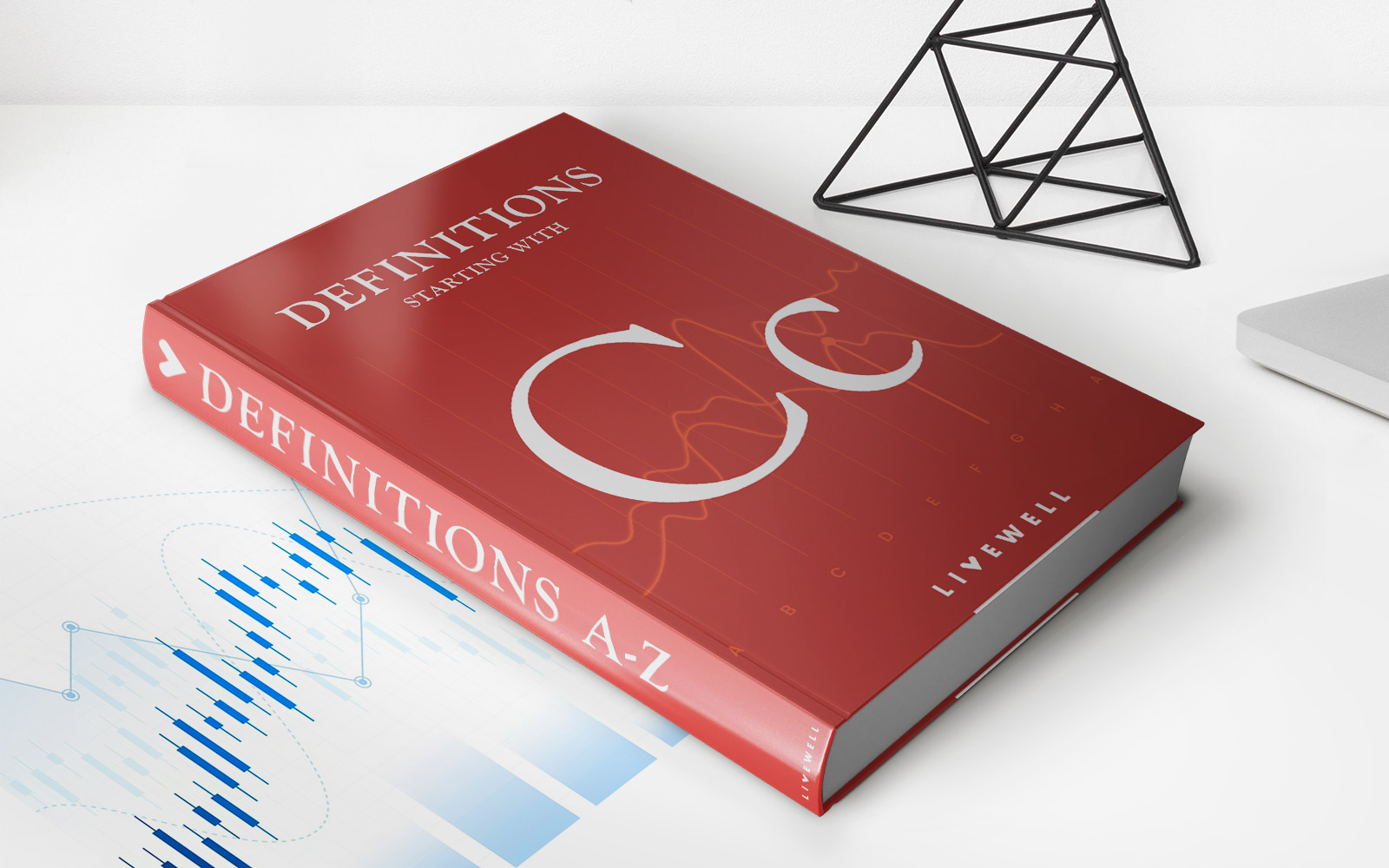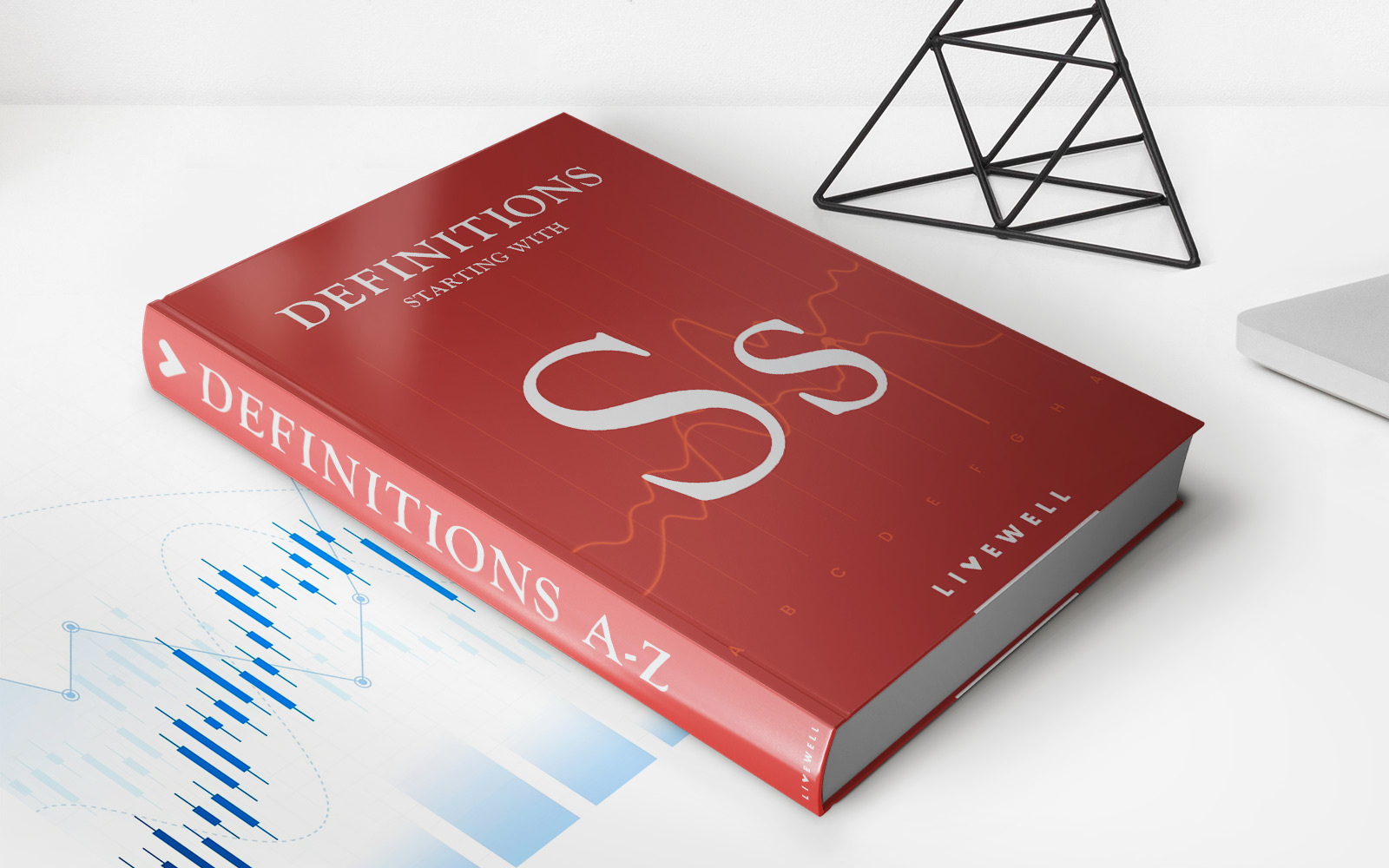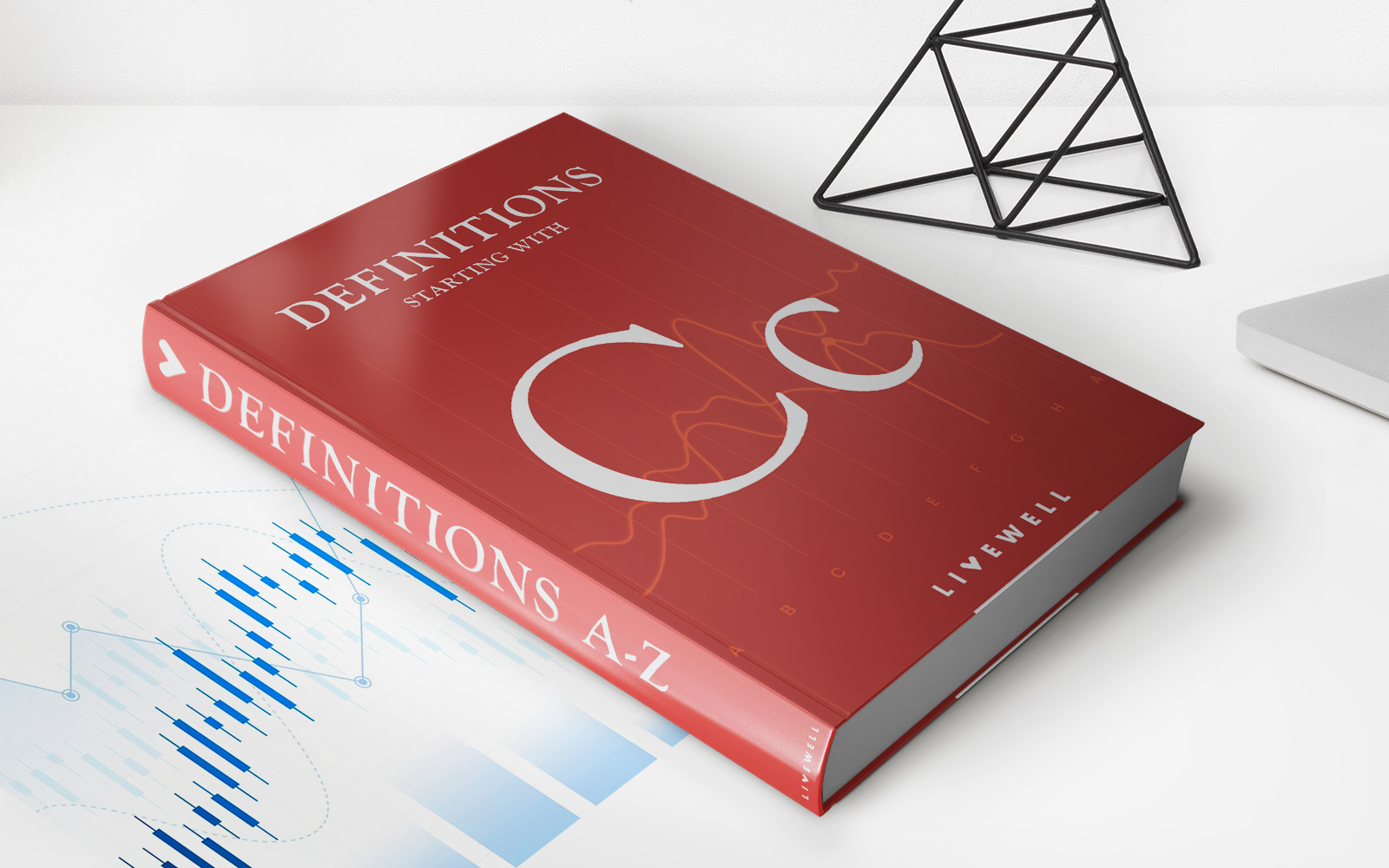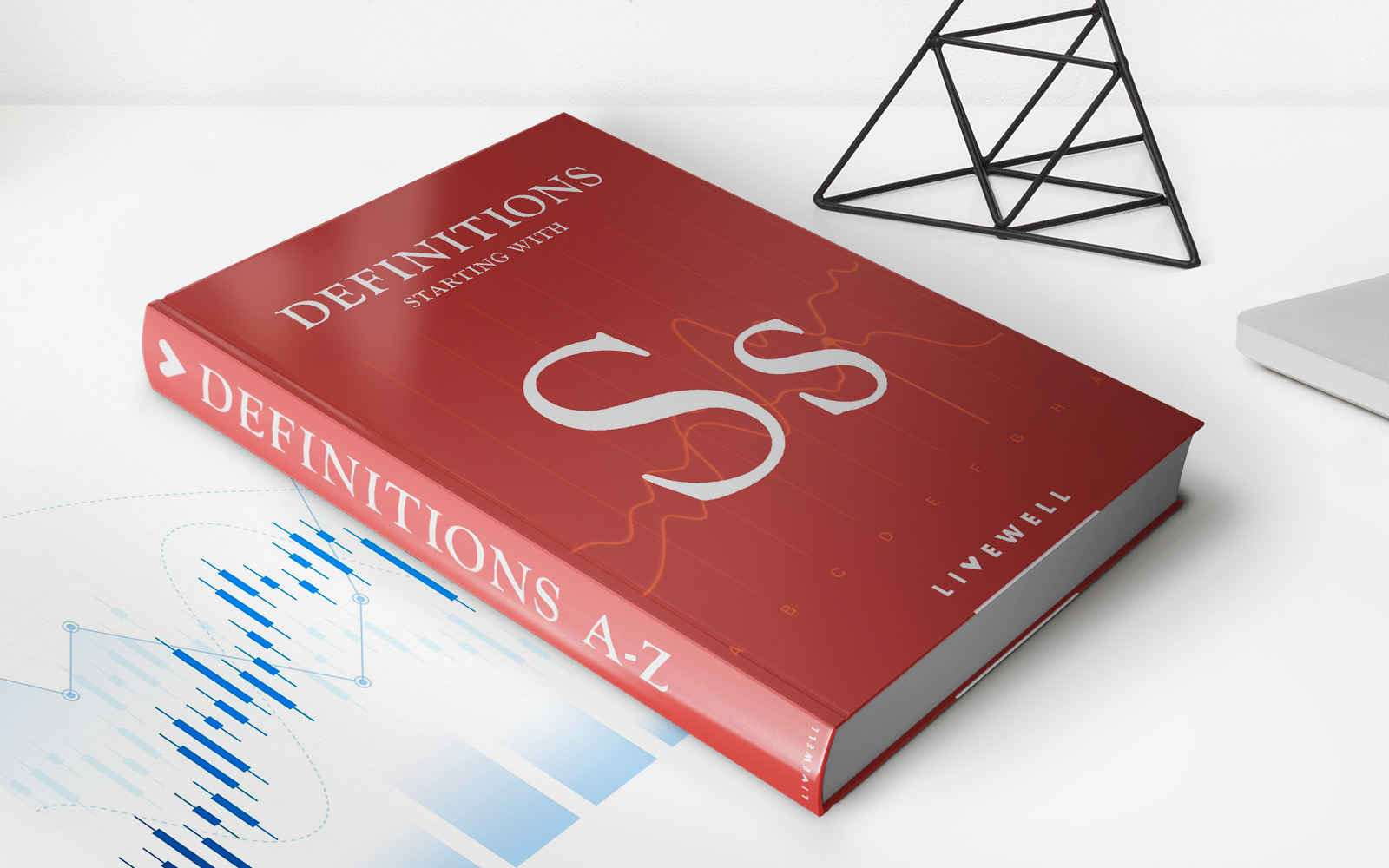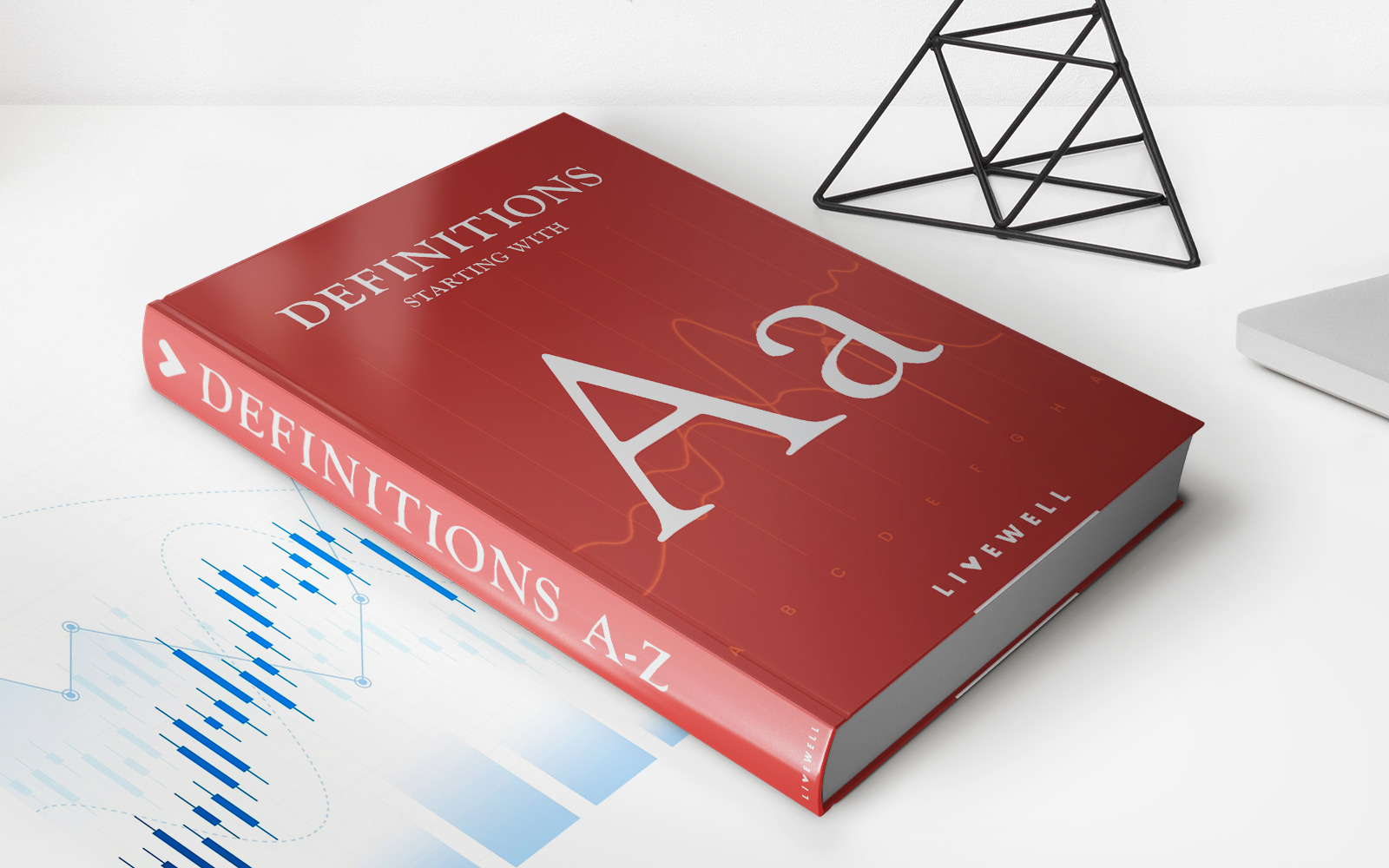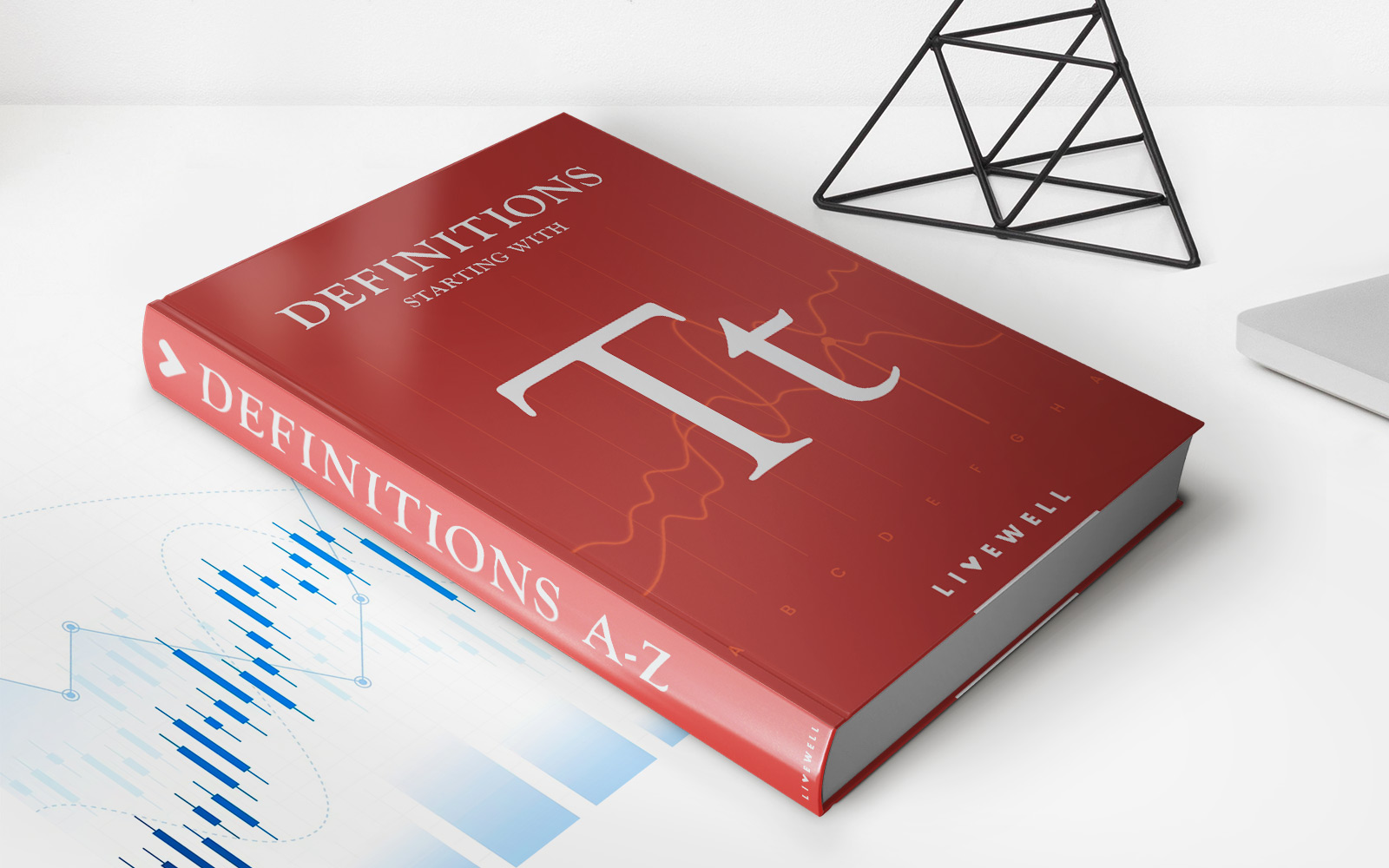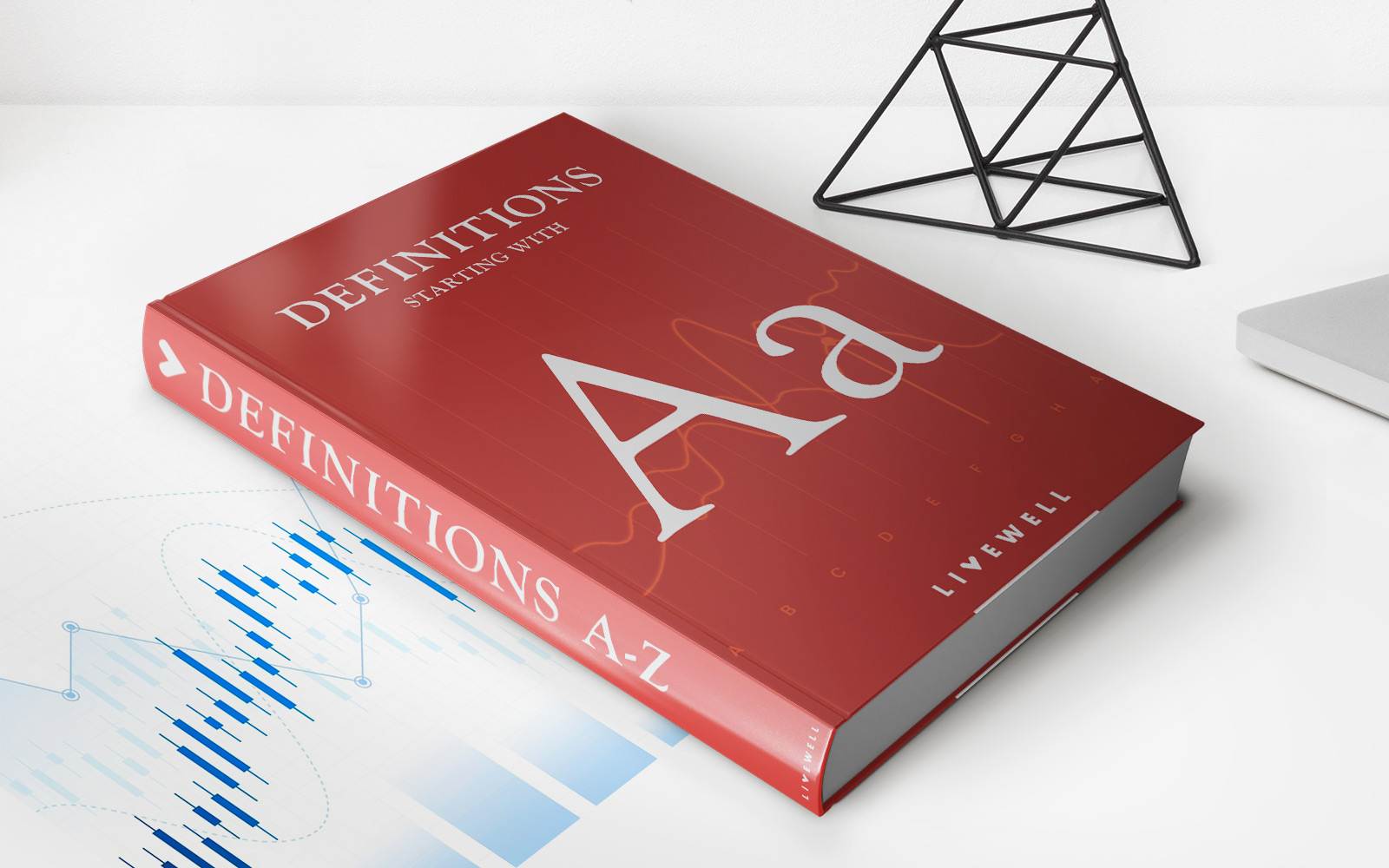Home>Finance>Current Account Surplus Definition And Countries That Have It
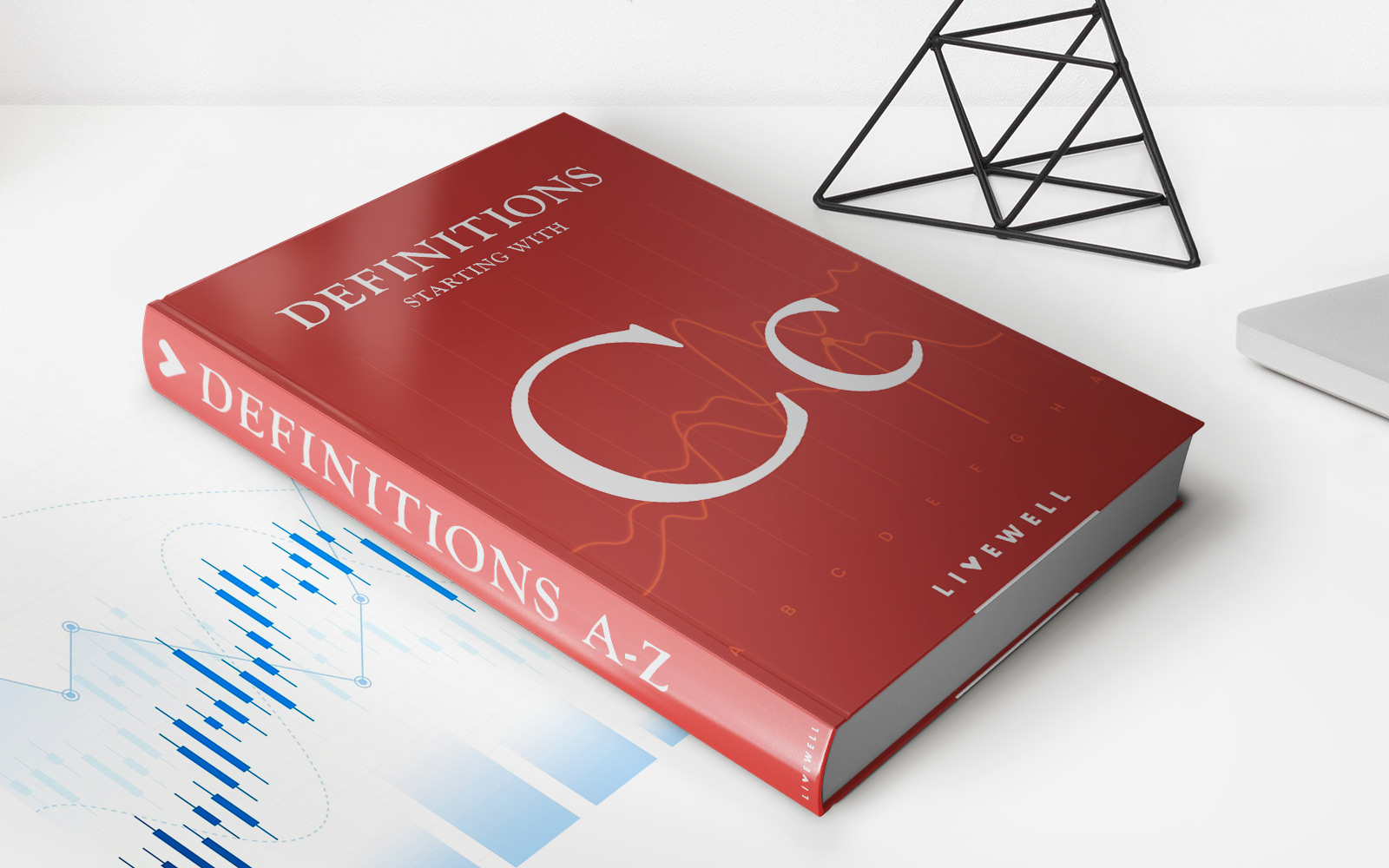

Finance
Current Account Surplus Definition And Countries That Have It
Published: November 6, 2023
Find out the meaning of current account surplus in finance and discover which countries have it. Explore the implications of this economic indicator.
(Many of the links in this article redirect to a specific reviewed product. Your purchase of these products through affiliate links helps to generate commission for LiveWell, at no extra cost. Learn more)
Understanding Current Account Surplus: Definition and Countries That Have It
When it comes to the world of finance, there are various terms and concepts that can seem complicated and overwhelming. However, one concept that is vital to understand is current account surplus. In this blog post, we will demystify this term, provide a clear definition, and explore some countries that have experienced this economic phenomenon. So, let’s dive in!
Key Takeaways:
- Current account surplus indicates that a country’s exports exceed its imports, resulting in a positive balance of trade.
- This surplus is an indicator of a healthy economy, as it reflects competitiveness and demand for a country’s products.
What is Current Account Surplus and How is it Defined?
A current account surplus occurs when a country’s total exports of goods, services, and transfers are higher than its total imports. In simpler terms, it means that a country is earning more money from selling its goods and services to other countries than it is spending on buying products from abroad.
The current account is a part of a country’s balance of payments, which is a record of all economic transactions between residents of one country and the rest of the world. It consists of four main components:
- Goods: Physical products that are exported and imported.
- Services: Non-physical economic activities, such as tourism, transport, or consulting services.
- Income: Payments received or made by individuals or entities, such as wages, rental income, or dividends.
- Transfers: Gifts, grants, or aid payments between countries.
When a country’s exports exceed its imports in these components, it leads to a current account surplus, indicating a positive balance of trade. This surplus can have significant implications for a country’s economy, as it reflects competitiveness, strong demand for its products, and potential for economic growth.
Countries That Have Experienced Current Account Surplus
Several countries around the world have experienced periods of current account surplus. Here are a few notable examples:
- Germany: Known for its strong manufacturing sector, Germany consistently maintains a current account surplus. The country’s emphasis on producing high-quality goods, such as automobiles and machinery, has contributed to its export competitiveness.
- China: As the world’s largest exporter, China has been able to maintain a current account surplus for many years. It has established itself as a global manufacturing hub, producing a wide range of products at competitive prices.
- Netherlands: With its strategic location and well-developed logistics infrastructure, the Netherlands has become a key player in international trade. The country’s strong trading relationships and export-oriented economy have resulted in consistent current account surpluses.
These are just a few examples, but many other countries have also experienced periods of current account surplus due to various factors, including industry specialization, favorable trade agreements, and competitive advantage.
Conclusion
A current account surplus is a positive economic indicator that demonstrates a country’s ability to export more than it imports. This phenomenon reflects a robust economy, competitiveness, and strong demand for a country’s products. Understanding current account surplus and the countries that have experienced it provides valuable insights into global trade dynamics and economic prosperity.
So, the next time you come across the term “current account surplus,” you’ll have a clearer understanding of its meaning and significance. Remember, it’s all about finding the balance in international trade!


